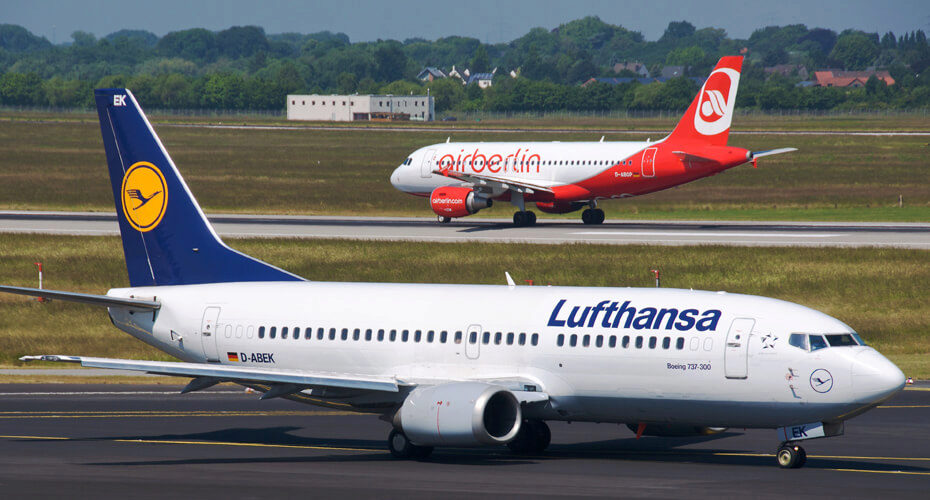Recent data reveals that African carriers are outpacing their American and European counterparts in traffic growth, reflecting an unexpected boom in the continent’s aviation industry and a promising future for African economies. This growth is driven by factors such as increased air connectivity, a growing middle class, and a boost in tourism and trade. The International Air Transport Association (IATA) revealed that the top five fastest-growing airlines in the world are all based in Africa, with Rwanda’s RwandAir leading the pack at an impressive 17.2% increase in passenger traffic. This trend has caught the attention of major players in the aviation industry, with international airlines such as Emirates and Qatar Airways expanding their African routes and investing in partnerships with local carriers.

Stellar Performance Amid Global Recovery
In a year marked by a strong industry-wide recovery, African carriers recorded an impressive 38.7% traffic growth in 2023, outperforming both Latin American and North American airlines, as well as their European counterparts. According to data from the International Air Transport Association (IATA), this growth reflects a significant domestic and international travel rebound following the pandemic-induced slump.
African airlines’ overall capacity also increased by 38.3%, with a load factor climb of 0.2 percentage points to 71.9% – the lowest among all regions. This improvement, despite ongoing political and economic challenges, showcases the resilience of Africa’s airlines, positioning the continent as an emerging player in global aviation. Read Also: Which African Cities Have Highest Quality of Life Index?
Why Air Travel is a Practical Choice for Africa
Thanks to its speed, versatility, and extensive reach, air travel has become an increasingly popular choice across Africa, especially given the often inadequate road networks and insufficient railways in some countries. Additionally, air transport often serves as a lifeline for cargo transportation, with the sector gaining significant traction as one of the most demanded and favored transport options within the logistics sector.
The performance of African airlines in December 2023 alone, which saw traffic rise by 9.5% compared to the same month in 2022, further underscores the essential role of this mode of transport across the continent.

Competing with Global Giants
While African carriers are emerging as leaders, they’re not alone in their recovery. European airlines saw full-year traffic climb 22%, with a capacity increase of 17.5%. The Middle East experienced a 33.3% growth in passenger traffic, while Asia-Pacific airlines boasted the strongest year-on-year growth of 126.1%. Read Also: Visa-Free Initiatives In Africa: Is This A Boost for Africa’s Tourism?
North American carriers also posted a 28.3% annual traffic rise with a capacity increase of 22.4%. Meanwhile, airlines operating in the Latin American market posted a 28.6% traffic rise and an annual capacity growth of 25.4%. Despite these gains, Africa’s standout growth cannot be understated.
A Promising Outlook
While African airlines account for a modest 2.1% of the total passenger traffic market shares by region, this growth signifies a promising trend for the African aviation industry. With Asia-Pacific, Europe, North America, the Middle East, and Latin America commanding larger shares, Africa’s burgeoning growth in this sector presents significant potential for future expansion and global competitiveness.
This impressive growth, supported by an evident demand for air travel and cargo transportation, promises a bright future for Africa’s aviation industry and broader economic prospects. Africa’s continued development and modernization positions its airlines for exponential growth and a prominent position in the global aviation landscape. Increased connectivity, trade, and tourism offer African economies the opportunity to tap into an industry traditionally dominated by other regions.
Bottom Line
While 2023 was a year characterized by industry-wide recovery, it also highlighted the untapped potential of Africa’s aviation sector. The outstanding growth in traffic and capacity among African carriers is not just a testament to their resilience, but also an indication of the opportunities that lie ahead.



